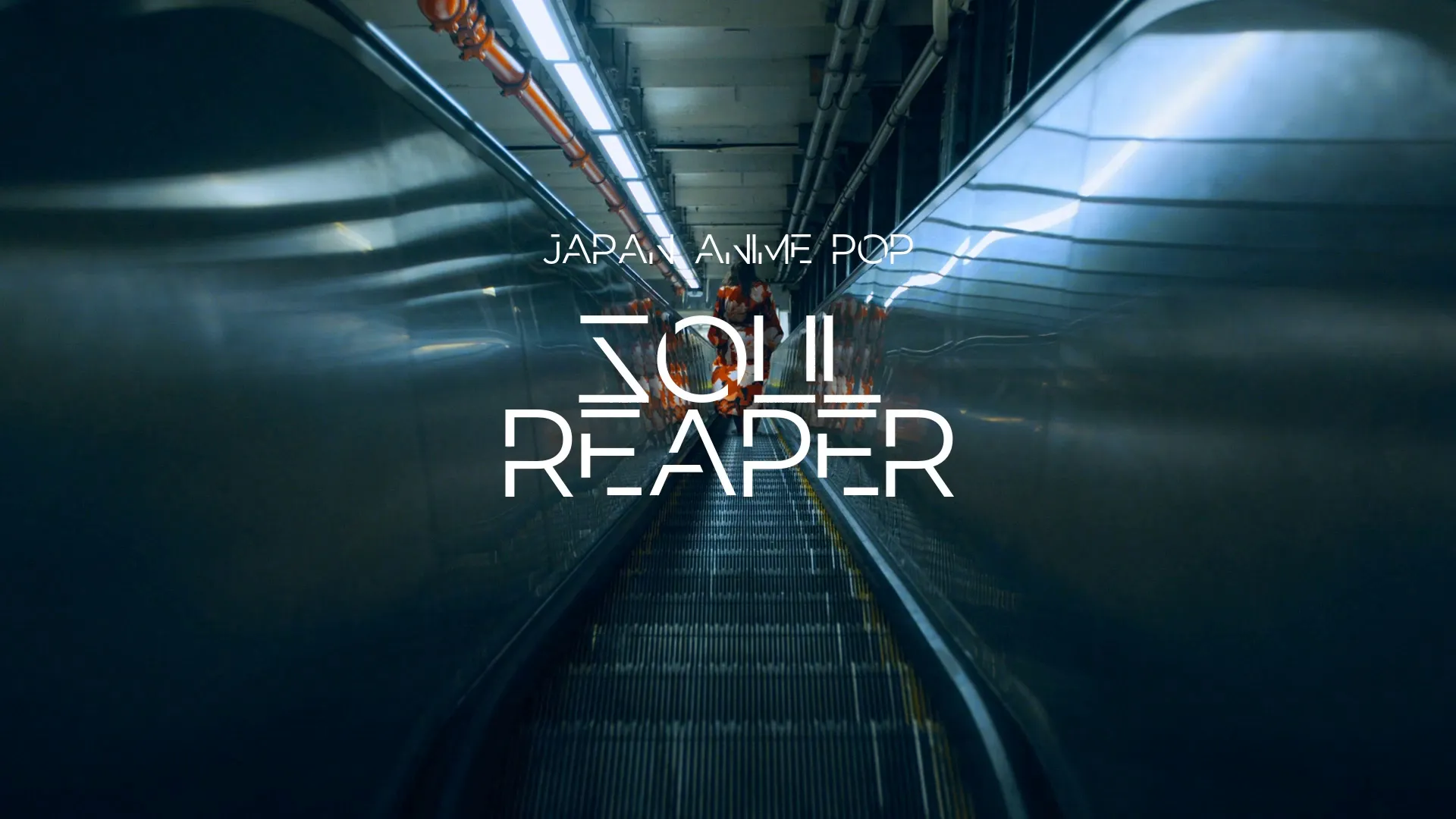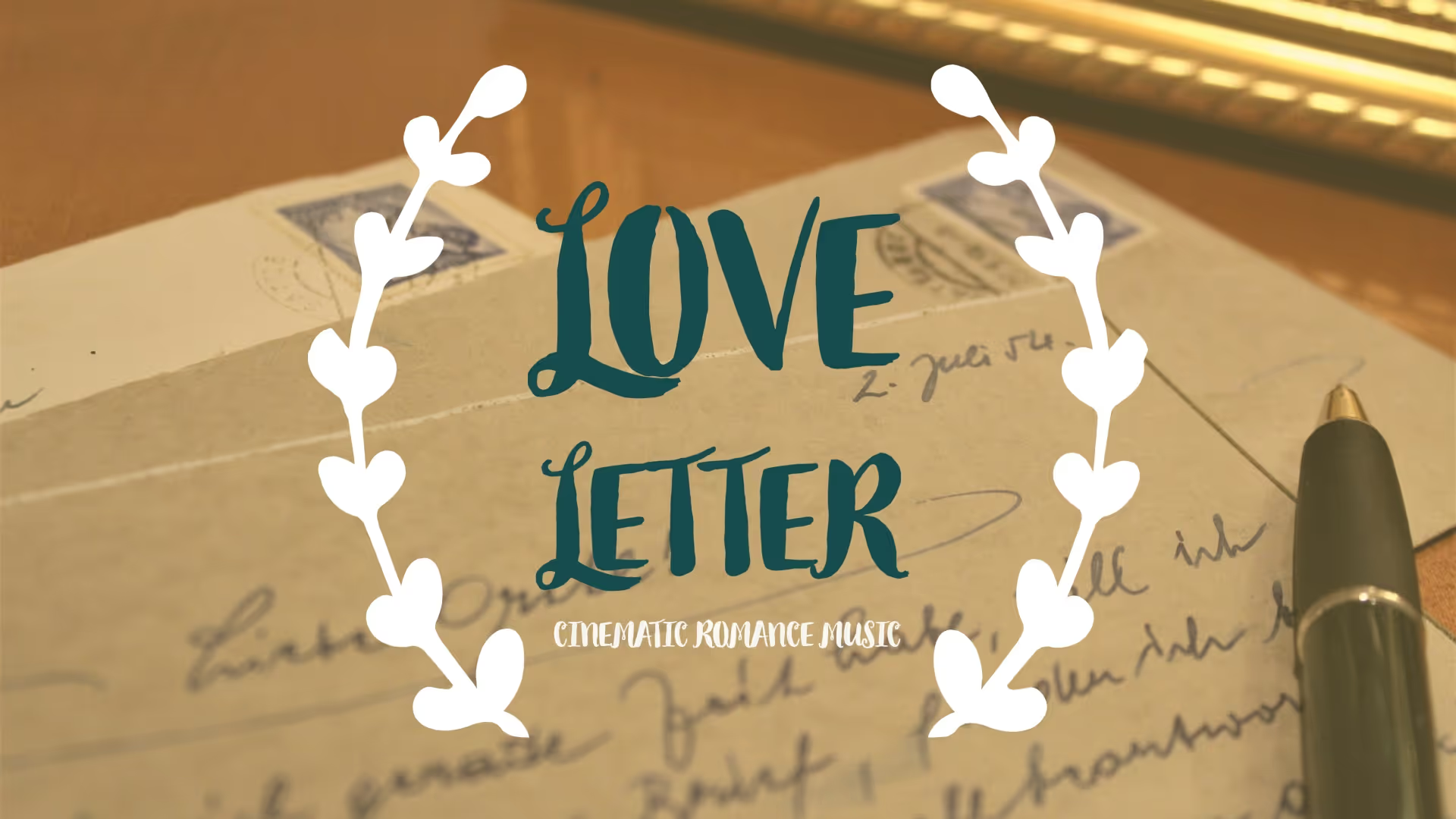Mastering Game Jam Best Practices: From Concept to Playable Prototype
Mastering Game Jam Best Practices: From Concept to Playable Prototype
Game jams offer unique opportunities to rapidly prototype ideas and hone development skills. Success in these intense sprints requires more than just coding ability; it demands strategic planning and efficient execution.
This guide outlines best practices to transform your initial concept into a polished, playable prototype within tight deadlines.
Pre-Jam Preparation: The Foundation of Success
Effective preparation significantly impacts your game jam performance. Do not underestimate the value of groundwork before the clock starts.
Team Assembly and Roles
Assemble a diverse team with complementary skills, including programmers, artists, and designers. Clearly define roles and responsibilities beforehand to avoid confusion and maximize productivity.
Tool Proficiency and Asset Preparation
Ensure everyone is proficient with the chosen development tools and engine. Pre-prepare generic assets like UI elements, basic character models, or placeholder sounds to save valuable time during the jam.
Concept Generation: Ideas Under Pressure
Generating a viable game concept quickly is crucial for game jam best practices. Focus on ideas that are both innovative and achievable.
Brainstorming and Scope Management
Begin with rapid brainstorming, encouraging all ideas without initial judgment. Immediately narrow down the scope to a single, core mechanic that can be developed within the time limit.
Theme Interpretation and Unique Angles
Interpret the jam’s theme creatively, but always consider how it aligns with your team’s strengths. A unique twist on a simple concept often stands out more than an overly ambitious one.
Rapid Prototyping: Building Fast and Smart
Rapid prototyping is the cornerstone of game jam success. Prioritize getting core gameplay functional quickly.
Core Mechanics First
Implement the absolute essential mechanics that define your game’s fun factor first. Avoid getting bogged down in details or polish until the core loop is engaging.
Iterative Development and Minimal Viable Product (MVP)
Build in small, iterative steps, always aiming for a minimal viable product (MVP). Each iteration should add functional elements, moving you closer to a playable state without over-engineering.
Team Collaboration: Synchronized Development
Seamless teamwork is non-negotiable for game jam success. Clear communication and efficient task management prevent bottlenecks.
Clear Communication Channels
Establish a primary communication channel and use it consistently for updates and decisions. Regular, brief check-ins keep everyone aligned and informed of progress.
Create a free account, or log in.
Gain access to free articles, game development tools, and game assets.























